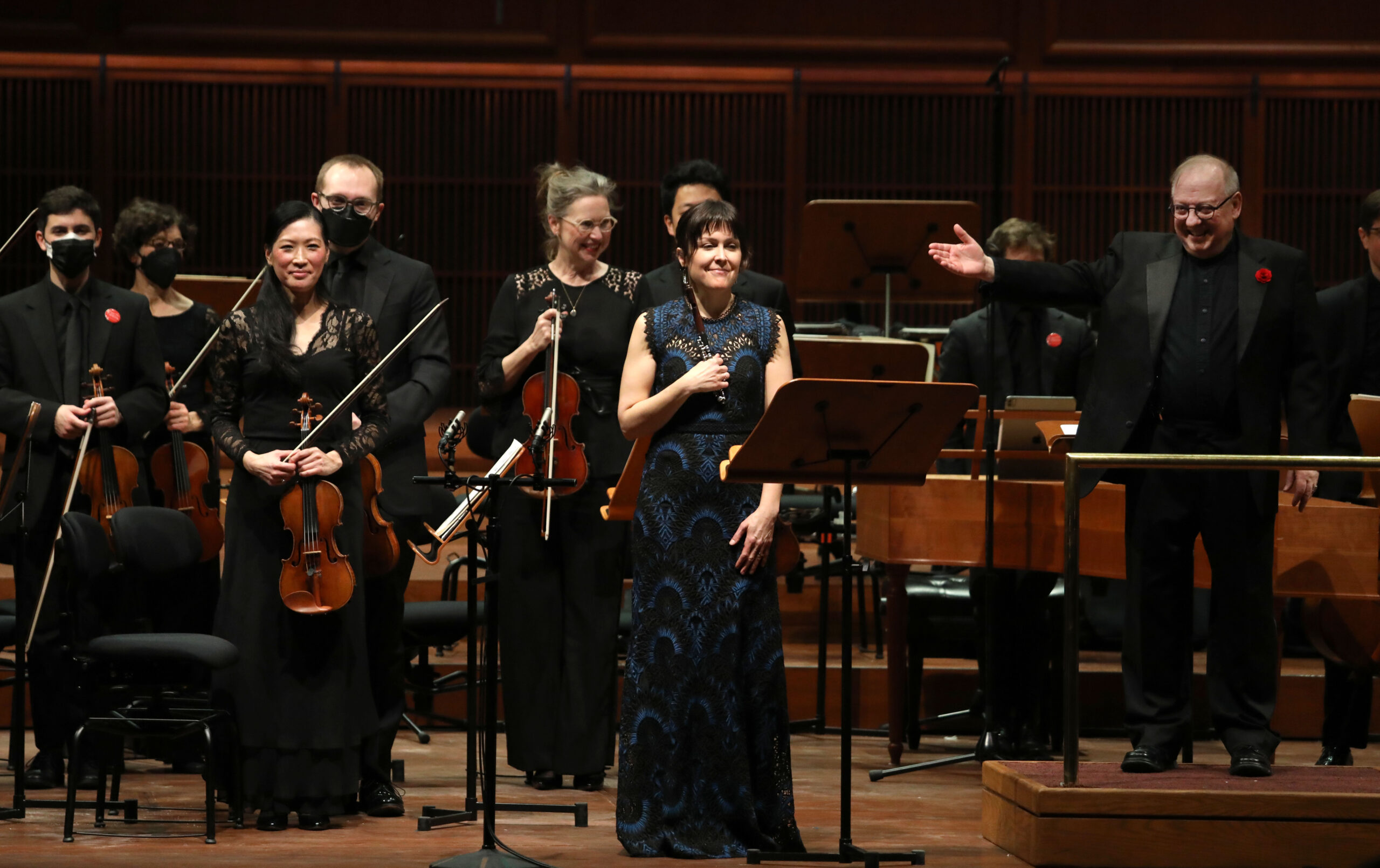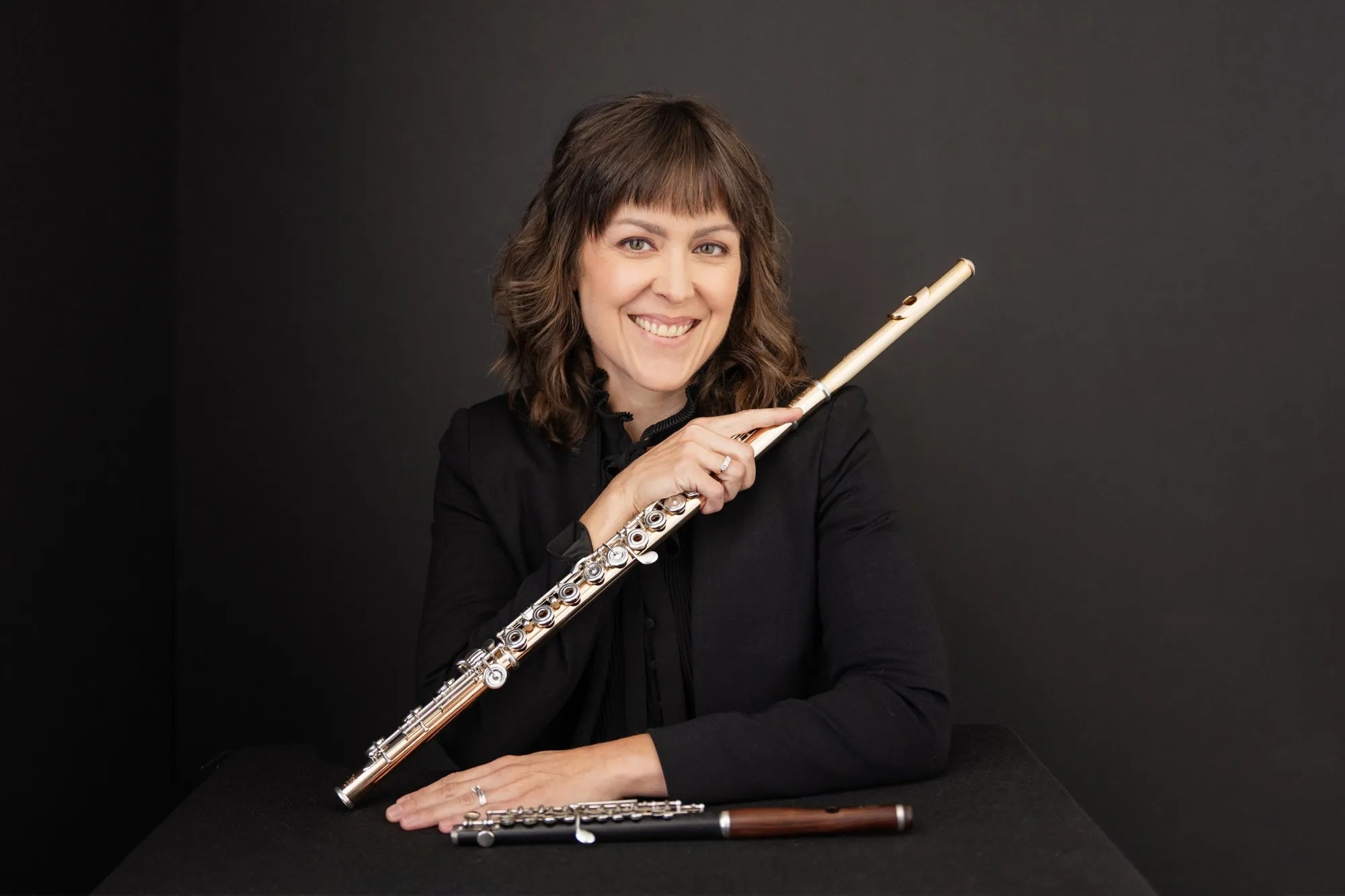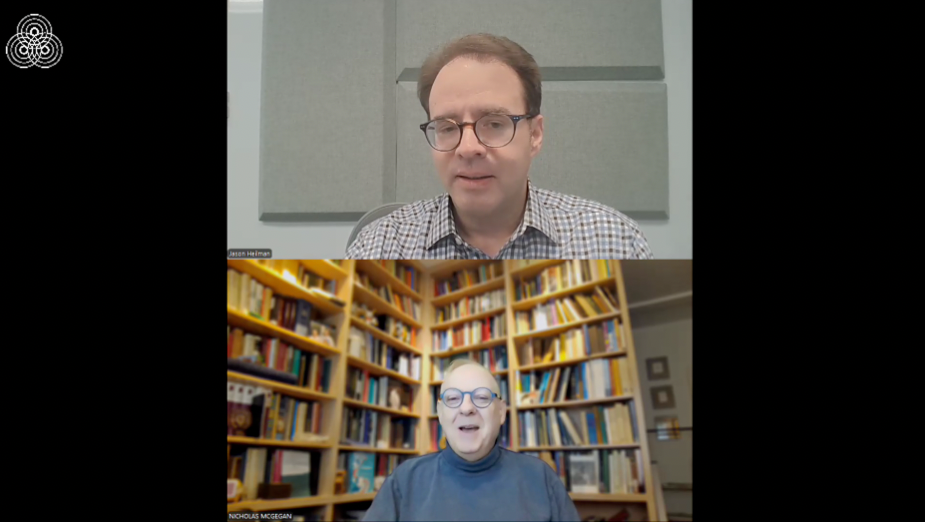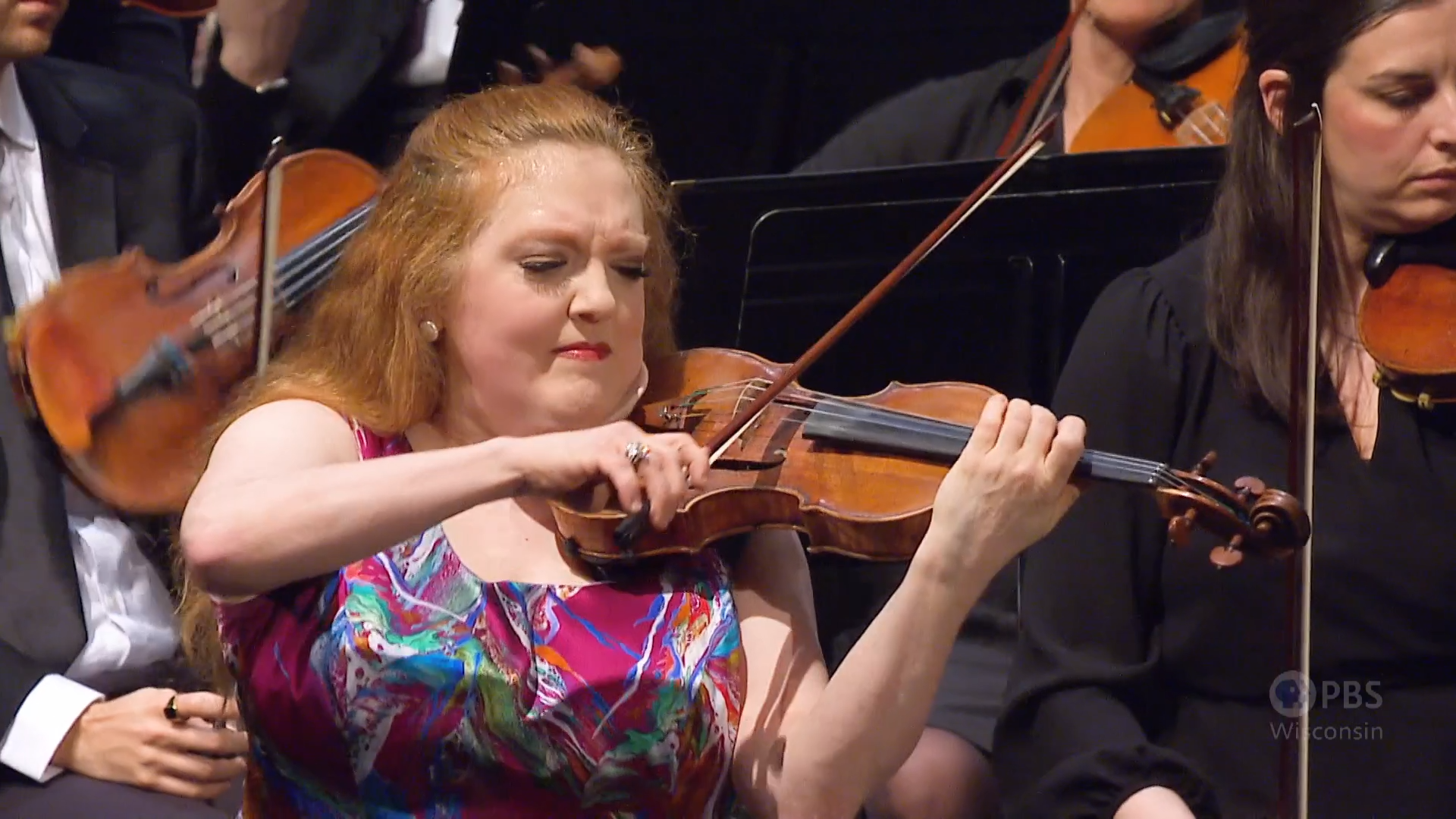Milwaukee’s new Bradley Symphony Center is home to the Milwaukee Symphony Orchestra; it’s also where their flutist and piccoloist Jennifer Bouton recently recorded “Vivaldi Piccolo Concertos,” along with a stellar ensemble, most of whom were drawn from the orchestra.
The new release is on the Navona label and features three sequential concertos by Antonio Vivaldi originally for high-voiced recorder or small wooden flute.
The recording is rounded out by Niccolò Paganini’s “Caprice No. 11 in C Major.”
News with a little more humanity
WPR’s “Wisconsin Today” newsletter keeps you connected to the state you love without feeling overwhelmed. No paywall. No agenda. No corporate filter.
“I was thrilled to be the first member of the Milwaukee Symphony to utilize the great acoustical resource we have in the Bradley Symphony Center,” Bouton wrote in an email.
“We didn’t have to do much to turn our performing space into a recording studio — it was designed to be both,” she added. Bouton and the ensemble worked with MSO’s recording engineer, Jeremy Tusz, who “knows the hall and each of our sounds so intuitively.”
The result is a sparkling showcase for the piccolo, with high production values that also show off superb musicianship on the part of the ensemble.
There’s a lovely transparency and clarity to this recording, not just for the overall sound, but within the music itself. The ensemble is comprised of two violins, viola, cello, bass and harpsichord, and the musical conversations among them and with the piccolo are beautifully articulated.
Bouton enlisted several esteemed MSO colleagues for the project, including Principal Cellist Susan Babini, Assistant Principal Second Violinist John Bian, Acting Principal Violist Alejandro Duque, Associate Principal Bassist Andrew Raciti and First Associate Concertmaster Ilana Setapen.
The harpsichordist, Jory Vinikour, is a multi-Grammy nominee with a deft touch and deep feel for this music.
“I am so grateful to my colleagues (who are also my dear friends) for treating this project with such professionalism and artistry,” said Bouton.

Antonio Vivaldi, an 18th century composer from Venice, wrote three flautino concertos that would have been performed by the talented girls at the orphanage where he served as the musical director.
“Vivaldi’s Piccolo Concertos” is the first complete recording of all three by an American piccoloist, and Bouton’s project aims to expand the solo piccolo repertoire.
She’s done that and more. Her virtuosic playing brings attention to the tone, artistry and versatility of an instrument known almost exclusively for John Philip Sousa’s “Stars and Stripes Forever.”
Modern orchestral piccolos are made of wood (Bouton’s is cocus wood and grenadilla with gold and silver keywork) but the sound differs from the small early wooden instruments — there’s more heft, a beautiful clarity and a certain brightness, all of which invite the listener in.

Last year, Bouton performed the first of these concertos under the baton of esteemed early music specialist Nicholas McGegan. Her performance earned rave reviews, not just from McGegan (“… plays with panache and style, with the most beautiful tone …”) but from the critics as well. “The symphony’s own Jennifer Bouton Schaub wowed in this music, perfectly agile and precise in Vivaldi’s motoric adventures for the soloist,” wrote Brendan Fox of the Shepherd Express.
For both the orchestral performance and this recording, Bouton used her modern piccolo, noting, “Likewise, my string colleagues did not use Baroque bows, they used their primary instruments.”
Bouton researched many styles and interpretations of Vivaldi, and when developing her ornamentation for the three concertos, decided on a less scholarly approach. “I tried to let the harmonic and emotional direction of the music guide my choices,” she said.
“Our goal in recording these concertos was not to mimic an early ensemble,” she continued, “but to perform the music in a way that was historically informed and personally relevant to us now.”
Wisconsin Public Radio, © Copyright 2025, Board of Regents of the University of Wisconsin System and Wisconsin Educational Communications Board.







